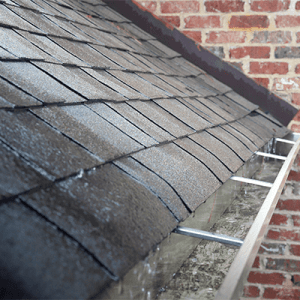Florida Thermal and Moisture Protection Course
Published on July 31, 2019 by Nick Walsh

Here is an excerpt of our 1-hour online course "Thermal & Moisture Protection: Keeping the Weather Out" with Roger Peck. Water damage is a major concern in many building projects. Keep your clients dry and your profits high with practical moisture and weather solutions.
Why should we install vapor barriers and foundation coatings?
We need to limit ground water moisture from entering the foundation walls. It's a common misunderstanding that concrete is waterproof! Concrete and mortar are not waterproof! Think of masonry products as hard sponges!
The best way to avoid moisture problems below grade is to design and install a system that keeps moisture from saturating the soil around the home. Through the use of proven designs we can effectively divert the rainfall away from the building before it saturates the soil around the structure.
Nothing is more effective in keeping the foundation and crawl space dry than keeping the rain water and ground water from penetrating the perimeter of the foundation.
When a high water table exists, install a footer drain around the perimeter of the foundation and drain to daylight if possible. Through the use of proven designs we can effectively divert the rainfall away from the building before it saturates the soil around the structure.
The footing drain needs to be installed as soon as possible after the foundation waterproofing. If not done soon, it may require extra hand digging due to collapse of surrounding soil from rain and loose soils around the excavation. This extra work may be ignored or done incorrectly, resulting in incorrect slope or no slope in the footer drains. Or worse, if the drain material is flexible, workers may allow the line to move up and over the obstruction, resulting in a sediment trap and causing the drain to fail prematurely!
Remember: The surface drains should never be allowed to connect to the floor or footer drains! This means the surface water or gutter drains can only be installed after the footer drains have been covered and backfill operations have begun.
